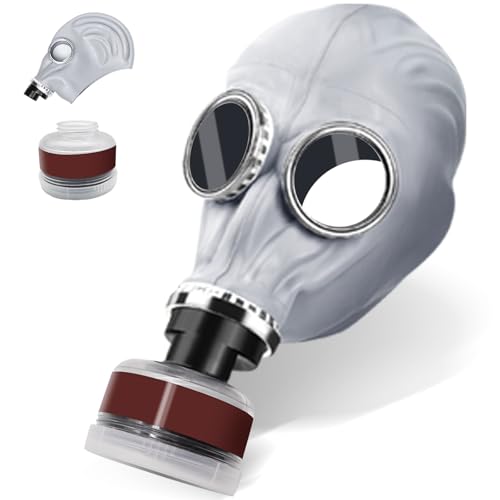I have been looking through the sharpening posts and have a couple of (beginners) questions...
Scary sharp- would the glass out of a double glazed panel be flat enough to use for this system?
It seems the more grits the better, but what are the essential grit steps for limited space?
What is a hollow ground chisel- I see numersous mentions to it, but Google has me baffled on this one?
I have seen on a couple of threads mentions of chisels being reground to have "minimum lands". What does this mean, and what is the advantage to it? Again, Google has not been my friend on this!
TIA
Mark
Scary sharp- would the glass out of a double glazed panel be flat enough to use for this system?
It seems the more grits the better, but what are the essential grit steps for limited space?
What is a hollow ground chisel- I see numersous mentions to it, but Google has me baffled on this one?
I have seen on a couple of threads mentions of chisels being reground to have "minimum lands". What does this mean, and what is the advantage to it? Again, Google has not been my friend on this!
TIA
Mark
































